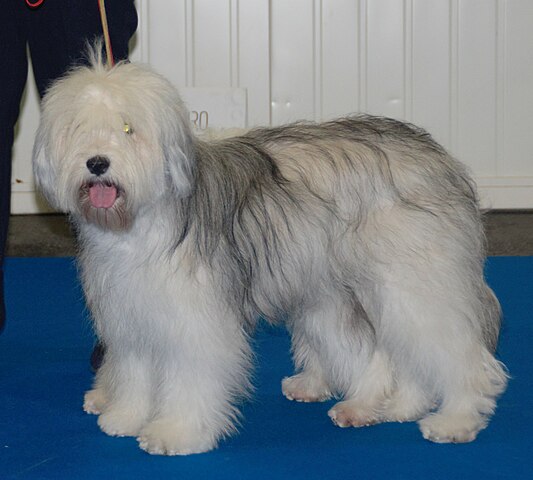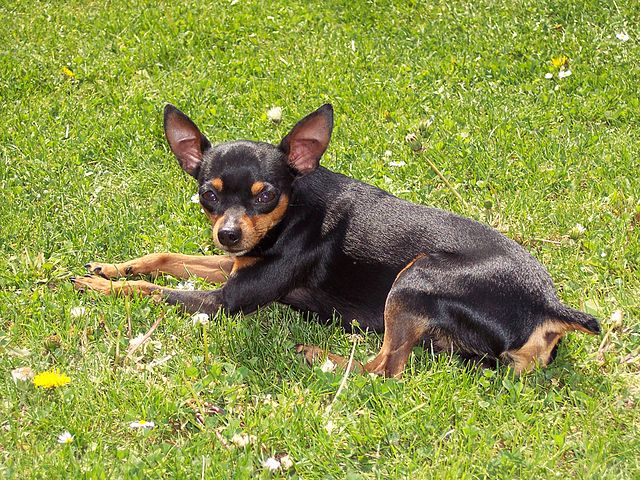The Pekingese was originally bred as both a companion as well as a watch dog. The smallest members of the breed would ride along in the large, lavish sleeves of Chinese courtiers and scare off anyone who might threaten their owners. These dogs were specifically known as “sleeve dogs”. So as tiny and angelic-looking as these dogs are, they definitely have a tough side and are anything but delicate. Pekes often think they are much bigger than they are and will challenge dogs (and occasionally people) without regard to their actual size. Owners must be aware of this tendency and protect them from themselves. If an owner is threatened, they will fight to the death if need be.
As a watch dog, the Pekingese does bark – some more so than others. They also snore and snuffle. It’s not hard to tell when a Peke is around the house.
With their short legs, Pekes don’t do a whole lot of running around. When they do run, it’s not for long distances. Therefore they don’t necessarily need a house with a yard and actually live quite comfortably in apartments. All dogs should have some exercise, however, and this breed is no exception. A short walk every day will help to keep the dog from getting fat, as well as allow him to see the sights and bond with his owner. All very important things! Just make sure not to walk in the hottest part of the day – the thick, long coat of the Pekingese combined with the short nose means that overheating is more likely than in other breeds.
With strangers, the Peke is normally aloof. This said, because of their protective natures, the Pekingese can actually become quite possessive of their owners. Training is absolutely necessary to keep this in check! Obedience training, as well as setting healthy boundaries, are two cornerstones of raising a Peke. Many are slow to learn formal obedience commands and somewhat stubborn, but training will help them to recognize that the owner is in charge. Patience is key! A balanced training method that centers on positive reinforcement is best, and harsh methods should never be used. While harsh training methods are never recommended for any dog, Pekes take particular issue with it and tend to hold long grudges.
Pekes are independent dogs and don’t require your constant presence in order to be happy. In fact, they are able to entertain themselves for hours. Make sure they have toys of their own to play with so they won’t find something of yours as an alternative! This said, Pekes aren’t normally known for being destructive dogs and generally make very good “inside house guests” (aside from some housebreaking difficulties). An extra (somewhat related) note about your house – Pekes can occasionally develop back issues if they must walk up or down flights of stairs on a regular basis. If your house is multi-story, adding ramps or carrying them is a better alternative.
One of the true highlights of the Pekingese is his long, luxurious coat! The Peke has a double coat, which means that it is thick as well as lengthy. It must be brushed out once or twice a week in order to avoid tangles and mats. If left unattended, the hair can become a literal nightmare so regular grooming is a must. Additionally, this coat does shed twice a year. When kept in good condition, the coat is very insulating and warm, meaning that the dog will be cozy in cold weather.
This isn’t the best breed for children as they do not tolerate any sort of rough play. Many Pekes will not hesitate to bite if they are poked and prodded at. Older children may be ok, but this is not a match for toddlers or younger. The breed also isn’t too fond of other dogs either, although they are more likely to be ok with another Pekingese. They can live with other dogs… but it might take a while for them to get used to the idea. Early socialization can help them live more amiably with members of their own species (or even cats). The round, slightly bulgy eyes of this breed leaves them suseptible to eye injuries from the claw of a cat or the tooth of a dog – keep a close watch on any encounters.
![By [1] - Flickr, CC BY-SA 2.0, https://commons.wikimedia.org/w/index.php?curid=4007244 pekingese](https://academichound.com/wp-content/uploads/2016/11/Pekingese.jpg)



